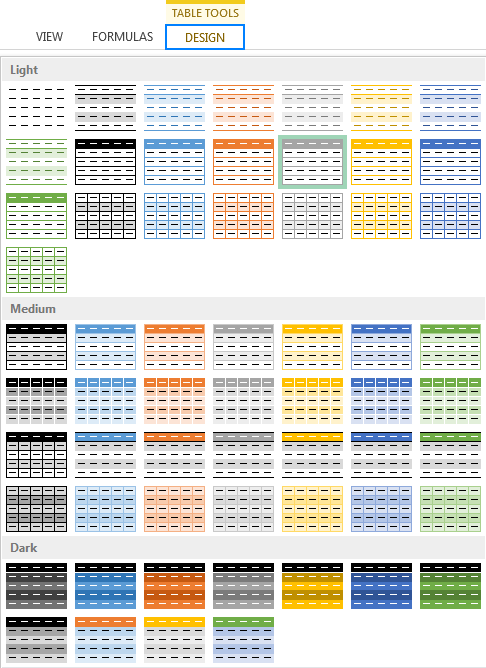
100% contrast (white text on a black background) is typically harder to read and may cause more eye strain.Dark themes can put more strain on your eyes in high-light conditions, since it washes out the text.Applications that require syntax highlighting (like programming) can be easier to see with light-on-dark themes.High contrast between text and background reduces eye strain.Dark themes can reduce eye strain in low-light conditions (night-time or dimmer workspaces).That’s great for readability, but what about eye strain? Starting at a white screen for a long time certainly feels worse, but the scientific jury is still out, and the colors may not really be the problem. This is especially true for the 50% of the population that has astigmatism.Īll this actually does have an effect: scientific studies have found repeated evidence that text readability is significantly improved by dark-on-light vs. White text on black backgrounds doesn’t work as well, since our iris needs to open up more to get light, deforming the lens and making it look like the white letters are bleeding into their black backgrounds (known as the “ halation” effect). The pixels themselves aren’t consuming any power in an LCD screen. If your screen is on, every single one of those LEDs turns on, consuming the same amount of power regardless of the color that each individual pixel is flipped to. LCD displays have a bunch of layers that contribute to the end image, but part of the equation is a backlight made up of a bunch of LEDs. On the flip side, though, devices with any form of LCD screen won’t see battery life impacted by color at all.


They’ve demonstrated up to 63% reduced battery usage by dark themes on AMOLED displays, and they’ve been adding this functionality into newer versions of Android.
#EXCEL FOR MAC DARK BACKGROUND LIGHT FONT ANDROID#
Even Google, whose Pixel phones use an AMOLED, has started promoting dark themes as a way to save battery on Android devices. Any other color will draw more power, with white being the most expensive to display in terms of electricity consumption.ĪMOLED is usually more power-efficient than LCD, but not when it comes to white backgrounds. True black (hex 000000) is the only color that will turn off the pixel, though. If a pixel is black, though, it’ll just stay turned off, not drawing any power to illuminate. AMOLED screens work by passing electric currents through organic compounds to light up individual pixels.


 0 kommentar(er)
0 kommentar(er)
